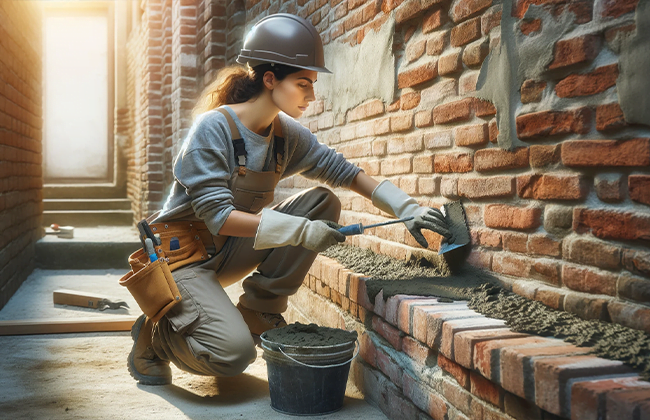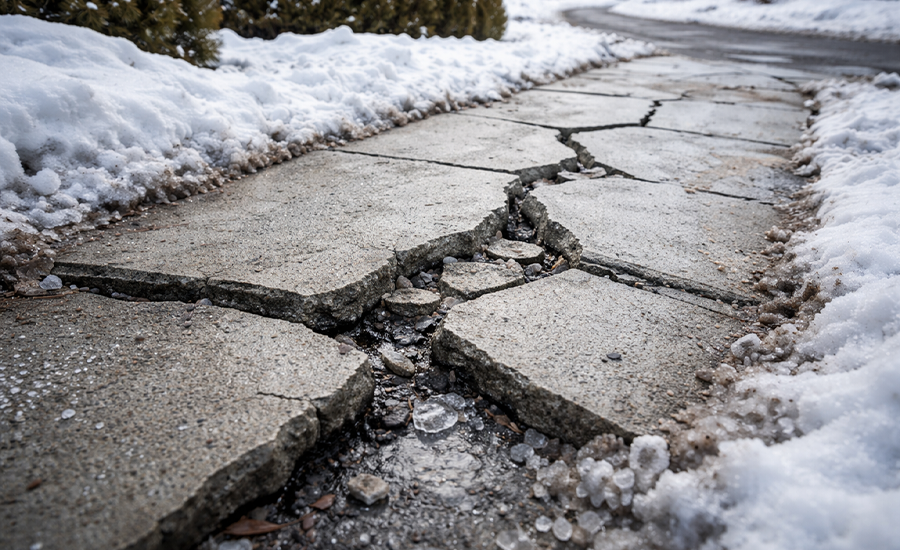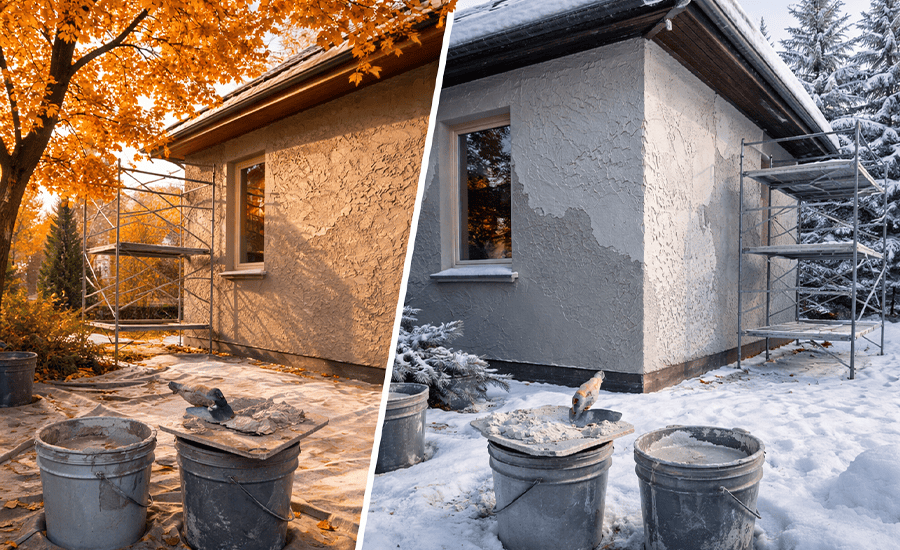When it comes to maintaining the structural integrity of masonry, understanding the different types of repointing is crucial. Each repointing technique offers unique benefits and is suited to various building styles and conditions. This guide will help you navigate the options and select the best repointing method to ensure your building remains in top condition.
What is Repointing?
Repointing is an essential maintenance procedure for masonry structures. This process involves removing deteriorated mortar from the joints between bricks and replacing it with fresh mortar. By doing this, you can significantly extend the life of a building, prevent water damage, and maintain its aesthetic appeal. Repointing is particularly crucial for older buildings where mortar may have worn away due to exposure to natural elements over the years.
Why is Repointing Important?
Mortar joints can be seen as the “glue” that holds bricks together, but they are much more susceptible to damage than the bricks themselves. Effective repointing seals these joints against water intrusion, which can lead to serious issues like mold growth, interior dampness, and even structural damage through freeze-thaw cycles. It’s not just about fixing visible cracks; it’s about protecting the building over the long term.
Types of Repointing
Let’s explore the different types of repointing techniques, each suited for various building styles and preservation needs.
1. Flush Repointing

Description
Flush repointing is a meticulous process where the mortar is filled in and finished to be level with the surface of the brickwork. This method is most commonly adopted when the goal is to preserve the original aesthetic of a structure. It’s about keeping things looking as they were, without any visible signs of the repair work.
Benefits
The greatest advantage of flush repointing lies in its ability to blend seamlessly with the existing structure. It maintains the historical integrity of the building and ensures that the masonry remains weather-resistant. This method is particularly beneficial for heritage buildings where maintaining the original appearance is crucial.
2. Beaded Repointing

Description
Beaded repointing is a traditional technique where a small, rounded bead of mortar is carefully shaped at the front of the joint. Historically, this method was chosen for its decorative appeal and is still used today, especially in the restoration of older buildings, to match or restore the original architectural style.
Benefits
Beaded repointing not only enhances the durability of the masonry but also adds a decorative element to the building’s exterior. The bead of mortar acts as a barrier against the elements, while also providing an aesthetic that nods to the building’s historical context. It’s ideal for those looking to restore the visual allure of their properties with a touch of ornamental craftsmanship.
3. Tuckpointing

Description
Tuckpointing is a specialized repointing technique that uses two different colors of mortar to fill the mortar joints. Workers choose the primary mortar color to closely match the bricks themselves, creating a seamless appearance. They then apply a fine line, often in white or a lighter shade, down the center of the joints, giving the illusion of very fine and precise joints.
Benefits
The primary benefit of tuckpointing is its aesthetic enhancement. It makes the masonry work look meticulously detailed and finely crafted. This method not only improves the overall visual appeal of a building but also helps to increase the property value by enhancing its curb appeal. It’s particularly effective in historical renovations where maintaining visual integrity is essential.
4. Weather Struck Repointing

Description
Weather struck repointing involves shaping the mortar in such a way that it slopes downward from the top edge of the joint to the bottom. This angled application is designed to facilitate water runoff, significantly enhancing the wall’s resistance to rain and moisture.
Benefits
The angled design of weather struck joints is highly effective at directing water away from the brickwork, thereby minimizing the risk of water ingress and associated damage such as frost damage and salt deposition. This method not only prolongs the life of the masonry but also helps in maintaining the structural integrity of the building in climates that experience frequent or heavy rainfall.
5. Recessed Repointing

Description
Recessed repointing involves setting the mortar back from the face of the bricks rather than filling it flush or level. This technique emphasizes the individual bricks by creating a shadow effect along the joints, which can be particularly striking when the sun casts shadows, enhancing the texture and lines of the masonry.
Benefits
The key benefit of recessed repointing is its ability to add visual depth and interest to a building’s façade. This method makes the brickwork stand out, providing a robust and dynamic appearance. It’s especially appealing in architectural styles where the definition between bricks enhances the overall design aesthetic. Additionally, recessed repointing can help protect the edges of the bricks, as it somewhat shields the mortar from direct exposure to the elements.
Conclusion:
Understanding the various types of repointing is key to maintaining and enhancing the longevity and aesthetics of your masonry structures. Each method offers unique advantages and can significantly impact the durability and appearance of your building. If you are looking for a professional contractor to handle your repointing needs, don’t hesitate to reach out to the experts. You can contact us at (+1) 917-355-8556 for more information and to schedule a consultation.
FAQs:
Q: What are the different types of repointing available for masonry buildings?
A: There are several types of repointing techniques such as flush, tuckpointing, weather struck, recessed, and beaded. Each type suits different structural needs and aesthetic preferences in masonry buildings.
Q: How do I choose from the types of repointing for my historic home?
A: When selecting from the types of repointing for a historic home, it’s important to consider the building’s age, the original construction materials, and the historical significance to ensure the chosen method complements the original architecture.
Q: Can the types of repointing affect the thermal efficiency of a building?
A: Yes, the different types of repointing can influence a building’s thermal efficiency. Properly sealed and maintained joints help prevent drafts and moisture penetration, which can enhance the building’s overall energy efficiency.
Q: What should I consider when comparing types of repointing costs?
A: When evaluating the costs of different types of repointing, consider factors like the extent of damage, accessibility of the masonry, the cost of materials, and the expertise required for specific repointing methods.
Q: Are there any modern innovations in the types of repointing that I should be aware of?
A: Modern advancements in the types of repointing include the use of specialized mortars. These techniques enhance durability, color matching, and moisture resistance. They provide better long-term protection and aesthetic compatibility with existing masonry.








